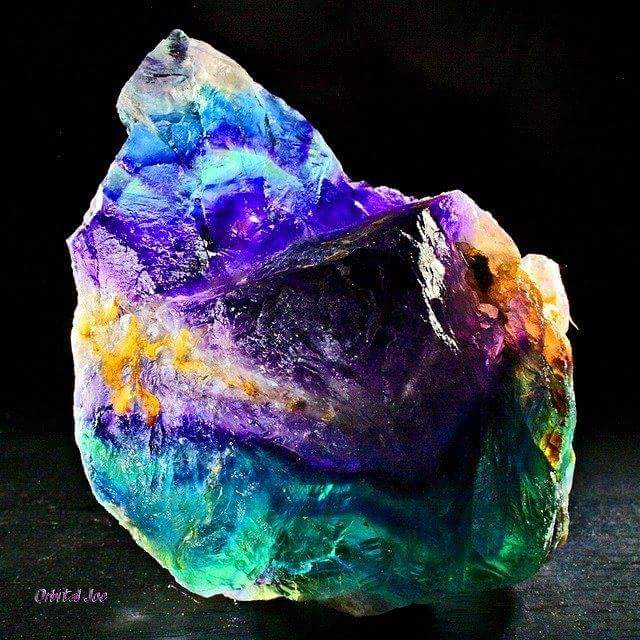
http://www.apsf.org/newsletters/html/2007/fall/03_sevoflurane.htm
Sevoflurane: The Challenges of Safe Formulation
Do you know the water content of your sevo?
From the anesthesia patient safety foundation newsletter:
An incident of Lewis acid mediated sevoflurane degradation occurred in 1996.5,6 Several bottles of sevoflurane had cloudy drug, a pungent odor, marked acidity (pH <1), and high fluoride (863 ppm), all indicating substantial anesthetic degradation and formation of HF, in quantities far exceeding the safe limits of 3 ppm over an 8 hr average. Abbott subsequently determined that increasing the water content in sevoflurane formulations decreased Lewis acid-dependent sevoflurane degradation.7 They changed the sevoflurane formulation to contain at least 300 ppm water, in order to prevent Lewis acid degradation and formation of toxic degradants. The new “water-enhanced” sevoflurane formulation was approved later that year by the U.S. Food and Drug Administration (FDA), and awarded patent protection.
Why is all this important? Generic sevoflurane formulations do not contain Lewis acid inhibitors, nor can they contain water in concentrations higher than 130 ppm. As Dr. Baker concludes, “a potential remains for sevoflurane instability, . . . therefore some vigilance regarding product integrity remains prudent.”